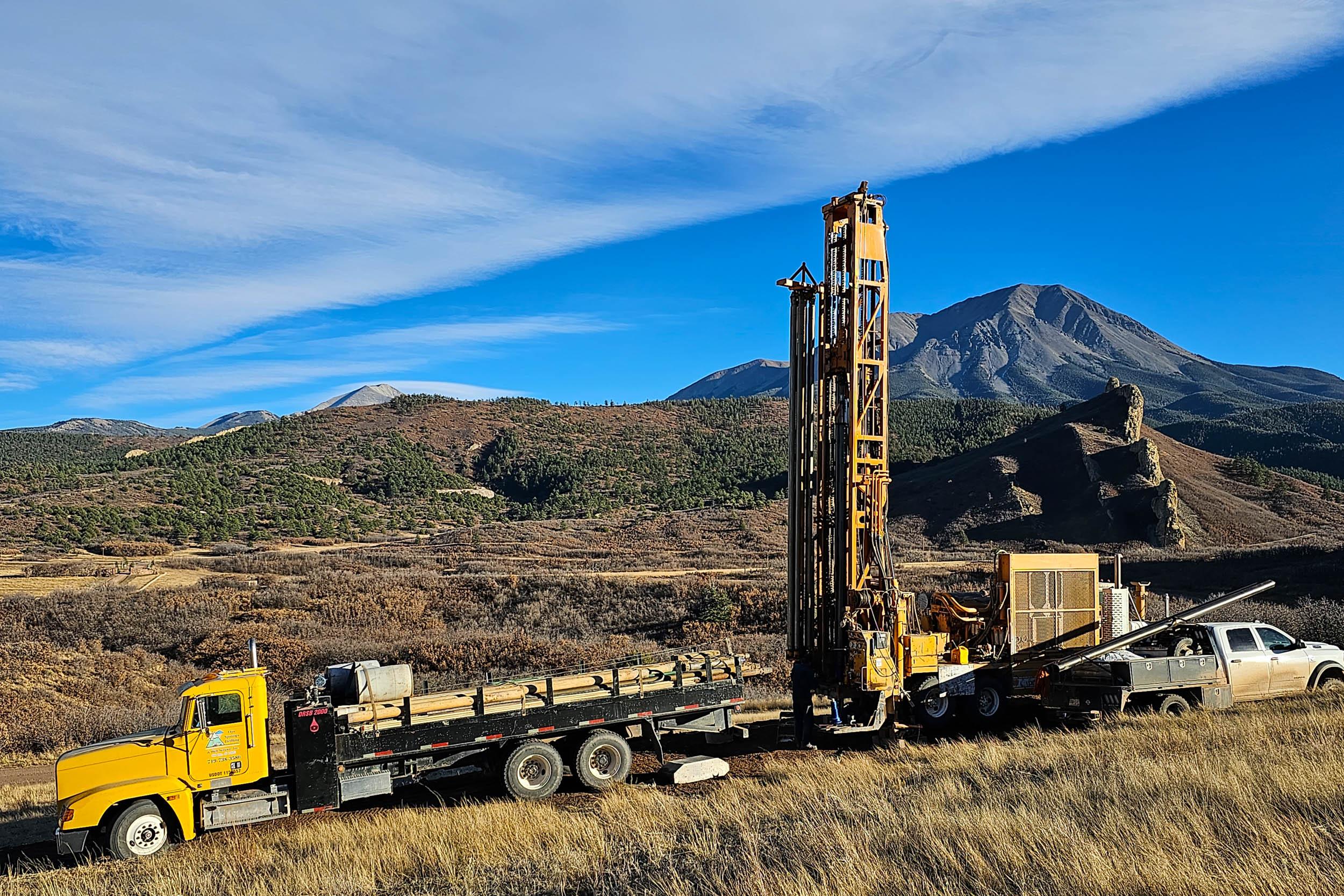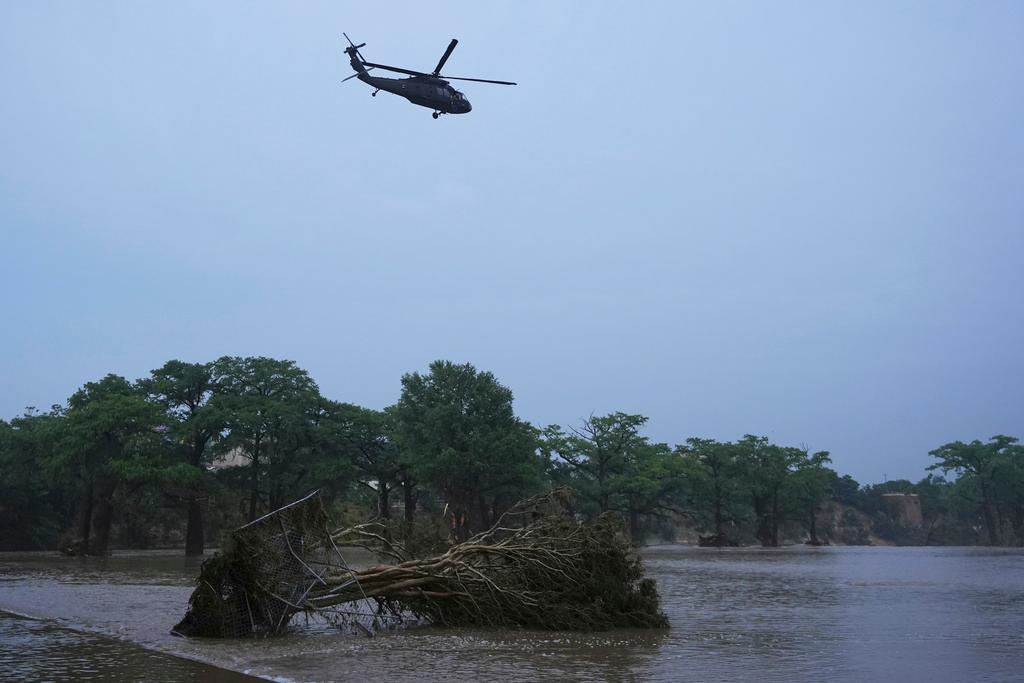
This story and headline were updated on July 26, 2022:
Colorado Springs City Council gave final approval to a new emergency evacuation ordinance during their regular meeting on Tuesday. The approval came despite requests from a number of residents to postpone the action. Council voted seven to one with Bill Murray opposed. Councilman Randy Helms was absent. Murray expressed concerns about how growth and new development would affect evacuation capabilities. Council tasked City staff with evaluating evacuation traffic modeling software by the end of August.
Original post on July 12, 2022:
Colorado Springs City Council approved the first reading of a new ordinance covering emergency evacuation procedures and plans. The new ordinance requires, among other things, a plan that covers any kind of hazard or incident, with predetermined evacuation zones that take into account terrain, roads and neighborhoods.
Council voted unanimously for the ordinance despite receiving hundreds of emails from residents of westside neighborhoods saying the update was inadequate. Most of the emails were form letters asking council to reject the update because it does not require evacuation modeling and exit route planning that would apply to new developments and existing infrastructure. They said modeling software and studies would expose problems and allow residents to look up evacuation routes and times.
A residents group called Westside Watch, along with others, proposed an alternate ordinance that would add public safety requirements for developers, including standards for evacuation times.
“We're not anti-development, we are anti-burning in cars,” resident Dana Duggan said during her presentation on behalf of the residents. “What we're talking about here is mitigating risk.”
Emergency officials said modeling for evacuation times can't account for all potential variables like weather conditions.
In response, Duggan said modeling of optimal, or what she called blue sky conditions, is a starting point. “If your blue sky numbers are bad, you know that your chaos numbers are going to be horrific,” she said.
Another resident, Bill Wysong, who is president of the Mountain Shadows Community Association, also spoke on behalf of Westside Watch. He expressed other concerns including the reliability of the cell phone network during emergencies. Wysong also called evacuation modeling software, "another tool in the tool belt that will make the city more successful and more safe.”
Other residents spoke of their experiences during the 2012 Waldo Canyon fire that destroyed hundreds of homes in the Mountain Shadows neighborhood on the northwest side of the city. They described traffic jams and difficulty evacuating.
Fire and emergency officials learned from what happened during the Waldo Canyon Fire, according to Colorado Springs Fire Marshal Brett Lacey. He provided an overview of the work they’ve done in the past ten years to address wildland-urban interface fire safety, including outreach and working with residents to help mitigate fire hazards around their homes.
Colorado Springs Fire Chief Randy Royal presented information about some software the department has purchased called Zonehaven. It's for evacuation management and community support.
Using this software and dividing the city into evacuation zones, he said, would allow incident commanders to identify specific areas that would be potentially affected during an emergency. He said it would give people in these zones information about how to evacuate, or other actions like sheltering in place depending on the type of emergency.
Royal also said it will simplify evacuation notifications and send information via phone systems, social media and to news organizations. “Everybody gets the same message,” he said. So it's not a different message depending on what outlet it goes out to.”
Educating the public about evacuation zones is critical for this system to work, Royal said, and fire officials have plans to begin that outreach.
The software will also allow the police department to pinpoint the smallest area they need to cover during incidents of all types, ranging from fires to shootings. Colorado Springs Police Chief Adrian Vasquez said it will help them balance the emergency situation with the rest of the city.
“We have calls for service that don't stop coming into our communication center, that are requiring officers across the city to respond,” Vasquez said. “We're trying to balance everything … to make sure that we're maintaining a safe city for other types of calls.”
During the city's presentation, Mayor John Suthers highlighted the area's history of floods dating back to the 1800s to show the different kinds of emergencies Colorado Springs can face. He also suggested the citizen proposed ordinance might affect new home development, because home builders might not be able to or want to meet evacuation modeling requirements.
He used his own home in one of the city’s wildland urban interface areas as an example.
“If you enact an ordinance that effectively gives me the ability to stop private property owners and developers from building more affordable housing…on the theory that it could slow me down getting out of my upscale neighborhood, I would suggest that you be prepared to buy this private property that you're not allowing to be developed for fair market value. Because that may well be an unconstitutional take,” he said. “You need to be prepared to explain to people in need of more affordable housing options why my rights and interests as a WUI resident trumps their rights and interests.”
Initially, council members Bill Murray and Nancy Henjum questioned whether they should vote for the city proposed ordinance or potentially delay the decision.
Murray said he was concerned that some people thought the evacuation modeling software, which is different from Zonehaven, would be used to prevent new development from getting approved, like Suthers and others have suggested. He said it was important to integrate both the evacuation management software discussed by the city’s emergency response leaders–Zonehaven–and the evacuation modeling software the citizens want.
Henjum said the ordinance might not be perfect, but they needed to look for a middle way. She said she trusts city officials, but was conflicted.
“I'm looking at people who I rely on and trust and believe are experts, and care deeply about and serve our city and public safety,” Henjum said. “I'm listening to my constituents and other council members’ constituents who are saying ‘Sorry, you haven't gotten it right.’ Who do I believe? I'm struggling with that."
However Henjum and Murray were eventually swayed by Councilman Wayne Williams, who said he believed the ordinance proposed by city staff was sound and noted that it did not specify certain software.
“It simply directs the people that we trust with our public safety to make those decisions to begin that process,” Williams said. “I think it puts the safety of every resident of Colorado Springs in jeopardy to delay this ordinance, and I think it's critical that we pass it today because this puts us on the right track. I am not saying this is the end of the journey. But this is a critical step that has to be taken and the failure to do that jeopardizes the public safety of our community.”
With the vote to approve the ordinance, council said they'll revisit residents' concerns. The ordinance requires a second reading and vote to be finalized.
Editors Note: This story has been updated with additional information








